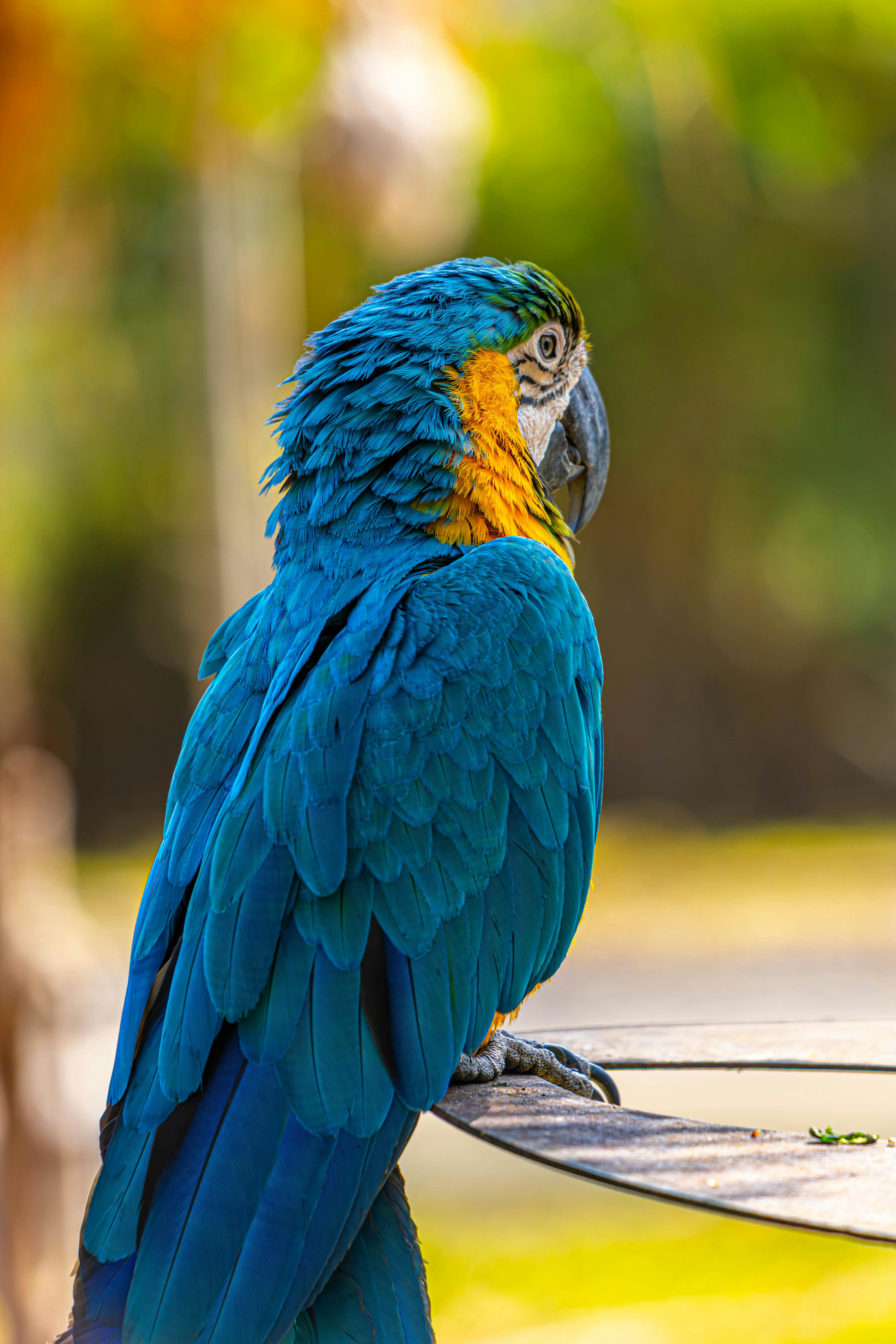Best 5 Ways to Understand Rabbit vs Hare in 2025
As we delve into understanding the difference between rabbits and hares, it's essential to appreciate their unique characteristics and behaviors. Both belong to the order Lagomorpha but exhibit distinct differences that can confuse even the most ardent animal lovers. In this article, we'll explore rabbit characteristics, hare characteristics, their habitats, diets, and behaviors. Understanding these nuances will aid in appreciating these fascinating creatures, whether you're a potential pet owner or simply a nature enthusiast. Let’s embark on a journey to uncover the best ways to differentiate between rabbits and hares.
1. Understanding Their Habitats
When considering the habitat preferences of rabbits and hares, it's important to note that while both thrive in grassy areas, they have different environmental needs. Rabbits typically make their homes in burrows, which offer protection from predators and harsh weather. They often inhabit meadows, woods, and even residential areas. In contrast, hares are more of a surface dweller, preferring open fields and bushlands where they can easily spot predators. Their nests, called forms, are shallow depressions in grass or earth, providing minimal concealment.
Additionally, the adaptability of wild rabbits to urban settings reflects their ability to coexist with human activities, while the preference of wild hares for less disturbed environments showcases their reliance on open space. Understanding these habitat differences is crucial not only for recognizing them in the wild but also for ensuring their conservation.
2. Dietary Preferences
A major aspect that distinguishes rabbits from hares is their diet. Both are herbivores, but their nutritional needs can vary significantly. Rabbits mostly consume green plants, vegetables, and occasionally fruits. They require a high-fiber diet from hay, which aids in digestion and dental health. Conversely, hares favor a diet rich in coarse grasses and herbs, showing a preference for plants with tougher textures.
This difference in diet not only affects their physical health but is also crucial for their reproductive strategies and lifespan. A well-balanced diet contributes significantly to the longevity of both species; however, the lifespan of a rabbit can typically reach around 8-12 years, while a hare generally lives about 3-7 years in the wild, largely influenced by nutritional availability.
3. Behavior and Social Structures
The social behavior of rabbits and hares provides a fascinating glimpse into their lives. Rabbits are known for their highly social nature. They often live in groups, utilizing complex social structures to communicate and protect one another from predators. Their communication methods include vocalizations, body language, and even scent marking, which help maintain their social hierarchies.
In contrast, hares are predominantly solitary creatures. While they may come together during the breeding season, they typically do not form groups. Their survival mechanism lies in their ability to evade predators through quickness and agility rather than group defense. Understanding these behavioral differences is not just key in recognizing them in the wild but also vital for proper rabbit care or insights into the living habits of hare lovers.
4. Fascinating Reproductive Strategies
Another key difference between rabbits and hares is their reproductive strategies. Rabbits are known to have a much higher reproductive rate. A female rabbit can give birth to multiple litters in a year, each containing several young, which are born blind and hairless. This is an evolutionary adaptation to ensure that at least some survive despite high predation rates.
Hares, however, have a different approach. Their young, known as leverets, are born fully furred and with open eyes, enabling them to run shortly after birth. This method of birthing reflects their solitary nature, as leverets can hide and evade threats right away. Understanding these reproductive differences provides insight into their survival strategies in different environments.
5. Conservation and Importance in Ecosystems
Both rabbits and hares play significant roles in their respective ecosystems. As prey species, they are integral to the food web, supporting a variety of predators including foxes, birds of prey, and humans. Understanding their roles helps in recognizing the importance of conserving their populations, which can be threatened by habitat loss and hunting pressures.
Efforts in wildlife conservation often focus on preserving both rabbit and hare habitats, ensuring future generations can appreciate these remarkable animals. Educational initiatives aimed at raising awareness about their differences contribute to community engagement and effective conservation strategies. Understanding the delicate balance they maintain in ecosystems encourages responsible behaviors towards wildlife protection.
Conclusion
Understanding the differences between rabbits and hares is essential for anyone interested in these marvelous mammals. Whether it's their habitats, diets, behavioral patterns, reproductive strategies, or ecological roles, each aspect highlights their unique nature. As we continue to observe and appreciate these animals, let’s promote positive behaviors that encourage their conservation in the wild.
```